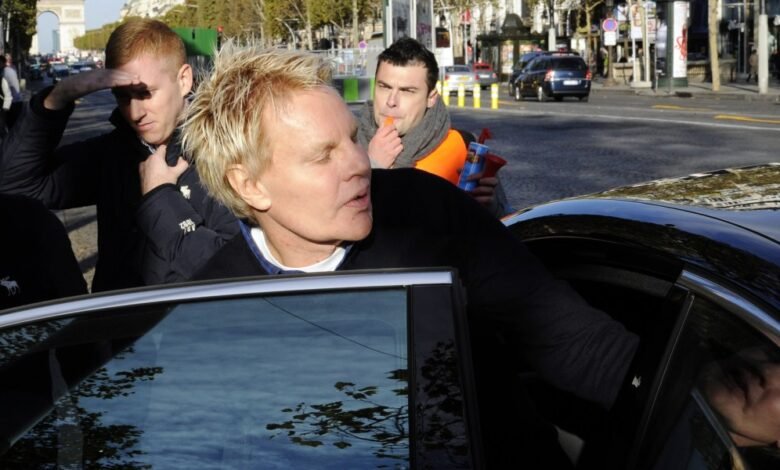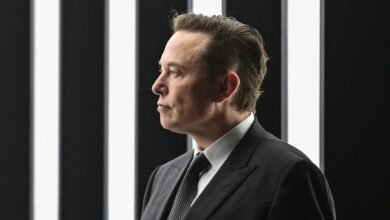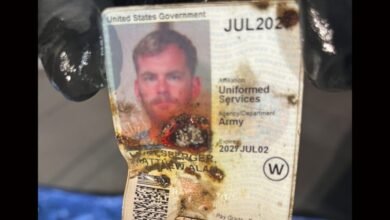How Abercrombie’s ex-CEO almost sank the company


Mike Jeffries, the former CEO of Abercrombie & Fitch, was arrested on Tuesday in Florida, accused of sex trafficking and using his perch atop the fashion clothier to coerce men into sex for a chance to model for the brand.
According to the indictment, Jeffries, his partner Matthew Smith, and an employee of theirs, James Jacobson, allegedly ran an international sex trafficking and prostitution ring from 2008 to 2015, a period that largely overlapped with Jeffries’s time as CEO from 1992 to 2014.
Jeffries was ousted from the company nearly a decade ago, but the latest allegations are reminiscent of that sex-tinged scandals that plagued his tenure, along with a leadership style that almost sank Abercrombie & Fitch.
Abercrombie’s history dates to 1892, when it specialized in clothing and bags for travelers and outdoors enthusiasts. But when Jeffries took the helm in 1992, he began transforming Abercrombie into the premiere teen retailer of the 1990s and early aughts, rebranding it with logo-bedecked clothing and a hyper-sexualized preppy ethos. The company released catalogs that some critics said at the time verged on soft-core porn, and staffed buff, half-naked young men at store entrances. Jeffries also found great success in launching the surfer-adjacent Hollister brand in 2000.
Eventually some of Jeffries’s eyebrow-raising behavior came to the surface. In early 2010s news reports on his excesses included a questionable use of company funds on travel, a big role for his spouse in running the business, a manual with detailed instructions on how he was to be addressed by staff on the corporate jet, and how those staff members should dress.
Jeffries also exhibited an autocratic streak as a leader, and disdain for people he thought beneath him: He infamously said Abercrombie & Fitch was only for “cool” people. That top-down management approach worked well…until it didn’t.
By the 2010s, his my-way-or-the-highway approach meant the company was missing important cultural shifts and falling out of step with its consumers, who were becoming less interested in company logos and airs of exclusivity. And by late 2014, Jeffries was out after 11 straight quarters of declining same-store sales and immeasurable damage to the brand.
As Abercrombie scrambled to reorganize itself after Jeffries’s exit, the company was run for more than two years by an “office of the chairman” consisting of top executives, including Fran Horowitz, who went on to become CEO of the company in 2017. Horowitz was tasked with leading shell-shocked and demoralized staff. She also went about the challenging work of more clearly delineating the Abercrombie and Hollister brands, which had become almost interchangeable by the end of Jeffries’s reign.
Horowitz has built a formidable e-commerce business, which now makes up 50% of company sales. And by 2022, after years in retail purgatory, Abercrombie & Fitch revenues finally rebounded to 2014 levels. Its shares have risen sixfold in the past decade, and last year annual revenue zeroed in on $5 billion.
Sales were up 21% last quarter. Abercrombie & Fitch’s comeback story is undeniable and still going strong—no thanks to all the drama and problems Jeffries caused.
Source link




